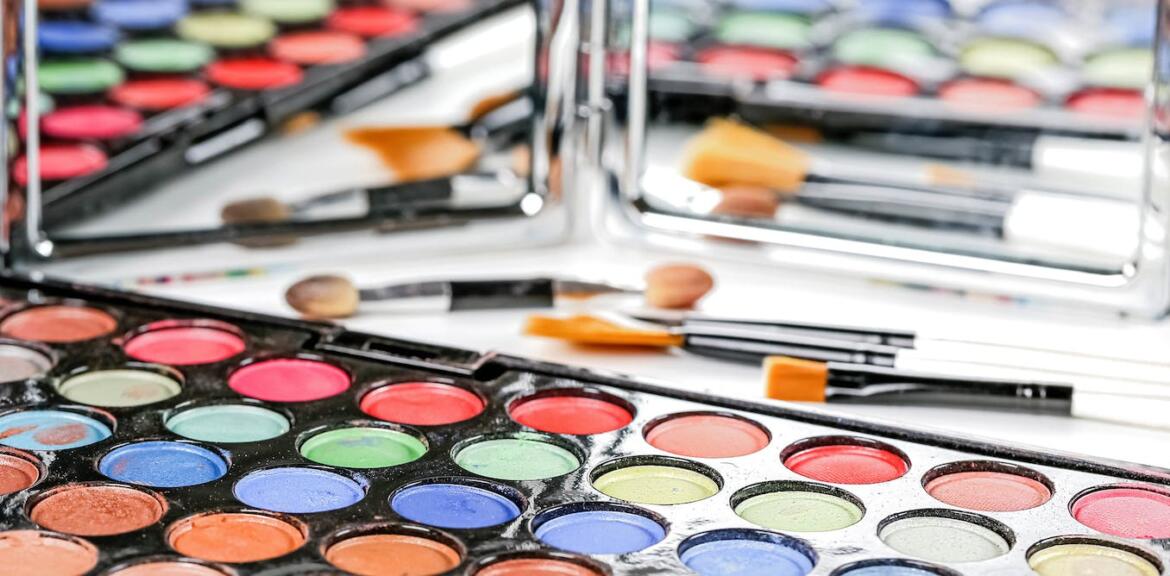When was the last time you read the ingredient label on a bottle of shampoo? Have you ever sneezed when applying face powder? As you lay on the beach this summer, did you wonder what it was in your sunscreen that blocked the sun’s UV light and protected your skin?
A large number of chemical substances are used in many such products. The HBO documentary series Not So Pretty investigates harmful chemicals used in the beauty industry and centres, in particular, on the experiences of consumers and workers who say that they were exposed to harmful substances in personal-hygiene products. Above all, it is a chilling exposé of the lack of regulation of cosmetics in the United States.
According to the US Food & Drug Administration (FDA), the United States has only banned 11 harmful substances in cosmetic products. By comparison, the European Union (EU), prohibits more than 1,300 substances, and restricts more than 250 with a concentration threshold.
The United States is one of the world’s largest markets of the cosmetics industry. Studies conducted there, in Europe, and in Asia have confirmed that women tend to consume cosmetics and personal-hygiene products much more than men and tend to account for the vast majority of workers (90%) in professional beauty services such as hair and nail salons.
Some interviewed in the series claim to have contracted mesothelioma, a cancer that affects tissue surrounding bodily organs, due to asbestos detected in talc and make-up. Others explain they have suffered fertility problems and even miscarriages as a result of exposure to “everyday chemicals” upsetting hormones, formally known as endocrine disruptors. These include bisphenol A (BPA), which can be found in eye make-up and nail varnish, or phthalates, which keep nail polish from cracking and help the scent of perfumes linger.
The differences between the continents
Despite the parallels, the continents fundamentally differ over how they regulate substances in cosmetics and other personal-hygiene products.
The FDA has little power when it comes to demanding manufacturers disclose their products’ ingredients and safety data. In the absence of such critical information, the agency must nevertheless bear the burden of proof and show that a certain substance is harmful in its intended use in order to withdraw it from circulation.
By contrast, in the EU the Cosmetic Products Regulation framework sets the rules for placing substances on the market on the basis of their human health impacts. The Scientific Committee on Consumer Safety (SCCS) also advises the European Commission on the health and safety risks of cosmetic products and their ingredients. Lastly, and contrary to the US, the burden of proof of safety is on the manufacturer, which must add data on cosmetic products to the Cosmetic Products Notification Portal (CPNP) available to competent authorities, SCCS, and poison centres.
Keeping make-up users safe in Europe
In Europe, the…
La suite est à lire sur: theconversation.com
Auteur: Oona Freudenthal, R&T Associate, Luxembourg Institute of Science and Technology (LIST)

